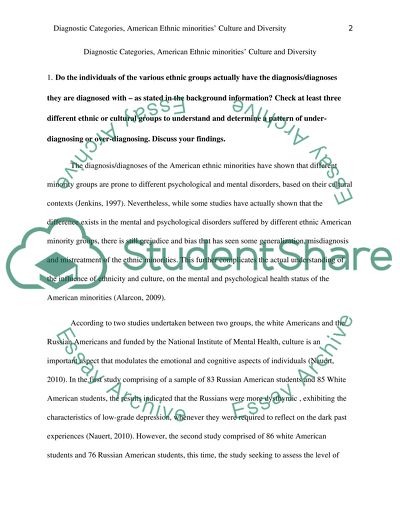Cite this document
(“Diagnostic Categories, Philippino womans Culture, and Diversity Research Paper”, n.d.)
Retrieved from https://studentshare.org/psychology/1627862-diagnostic-categories-philippino-womans-culture-and-diversity
Retrieved from https://studentshare.org/psychology/1627862-diagnostic-categories-philippino-womans-culture-and-diversity
(Diagnostic Categories, Philippino Womans Culture, and Diversity Research Paper)
https://studentshare.org/psychology/1627862-diagnostic-categories-philippino-womans-culture-and-diversity.
https://studentshare.org/psychology/1627862-diagnostic-categories-philippino-womans-culture-and-diversity.
“Diagnostic Categories, Philippino Womans Culture, and Diversity Research Paper”, n.d. https://studentshare.org/psychology/1627862-diagnostic-categories-philippino-womans-culture-and-diversity.


